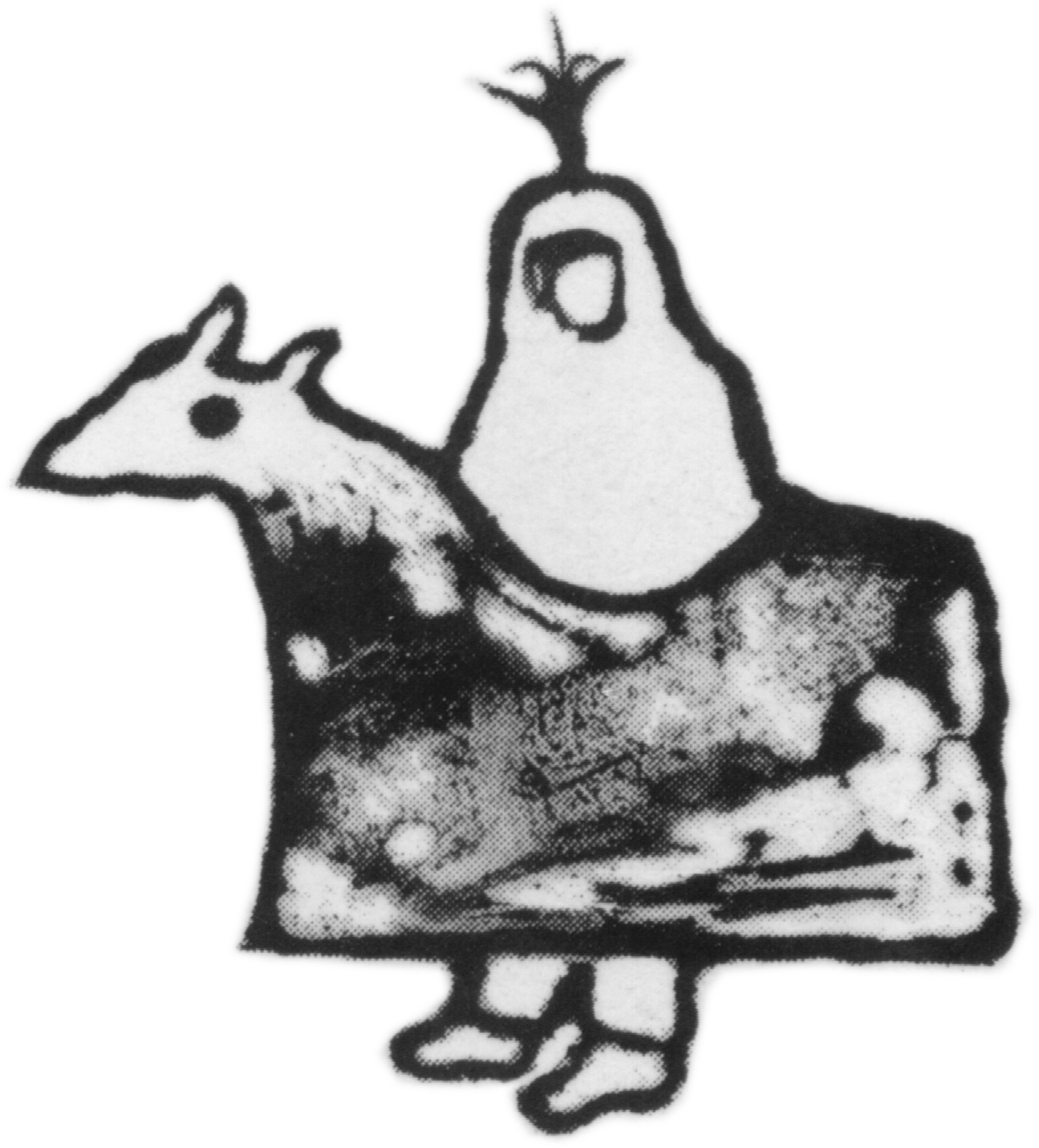 Image 1 of
Image 1 of


Cleeve Hill, the History of the Common and its People, by David H Aldred
Cleeve Hill in Gloucestershire dominates the Severn Vale as part of the Cotswold scarp and can be seen from fifty miles away. It is the Cotswold's highest point and topped by over 1,000 acres of common land. To the people of Bishop's Cleeve and surrounding villages it forms a backdrop to their lives, cutting off their view to the east. To the people of Winchcombe it creates a challenge on their journeys to Cheltenham and the south. To the people of Cheltenham it stands in the middle distance promising an escape to health-giving fresh air and open space for recreation. It attracts walkers and riders, golfers and climbers, ornithologists and botanists. In this fully revised and expanded edition (first published in 1990), David Aldred expands on the story of how its community and its common developed over 5,000 years from its origins as valuable grazing land for local villagers to its modern recreational use which began with the original Cheltenham races two hundred years ago. Stone from its quarries was used for centuries in buildings throughout the local area and further afield. Profusely illustrated with many illustrations in colour, the book will appeal not only to local people and visitors but also to those with a more general interest in archaeology, social, economic and landscape history. November 2023, xxiv, 276pp, paperback, colour illustrations, £19.95, ISBN 978-1-914407-55-0
Cleeve Hill in Gloucestershire dominates the Severn Vale as part of the Cotswold scarp and can be seen from fifty miles away. It is the Cotswold's highest point and topped by over 1,000 acres of common land. To the people of Bishop's Cleeve and surrounding villages it forms a backdrop to their lives, cutting off their view to the east. To the people of Winchcombe it creates a challenge on their journeys to Cheltenham and the south. To the people of Cheltenham it stands in the middle distance promising an escape to health-giving fresh air and open space for recreation. It attracts walkers and riders, golfers and climbers, ornithologists and botanists. In this fully revised and expanded edition (first published in 1990), David Aldred expands on the story of how its community and its common developed over 5,000 years from its origins as valuable grazing land for local villagers to its modern recreational use which began with the original Cheltenham races two hundred years ago. Stone from its quarries was used for centuries in buildings throughout the local area and further afield. Profusely illustrated with many illustrations in colour, the book will appeal not only to local people and visitors but also to those with a more general interest in archaeology, social, economic and landscape history. November 2023, xxiv, 276pp, paperback, colour illustrations, £19.95, ISBN 978-1-914407-55-0
Cleeve Hill in Gloucestershire dominates the Severn Vale as part of the Cotswold scarp and can be seen from fifty miles away. It is the Cotswold's highest point and topped by over 1,000 acres of common land. To the people of Bishop's Cleeve and surrounding villages it forms a backdrop to their lives, cutting off their view to the east. To the people of Winchcombe it creates a challenge on their journeys to Cheltenham and the south. To the people of Cheltenham it stands in the middle distance promising an escape to health-giving fresh air and open space for recreation. It attracts walkers and riders, golfers and climbers, ornithologists and botanists. In this fully revised and expanded edition (first published in 1990), David Aldred expands on the story of how its community and its common developed over 5,000 years from its origins as valuable grazing land for local villagers to its modern recreational use which began with the original Cheltenham races two hundred years ago. Stone from its quarries was used for centuries in buildings throughout the local area and further afield. Profusely illustrated with many illustrations in colour, the book will appeal not only to local people and visitors but also to those with a more general interest in archaeology, social, economic and landscape history. November 2023, xxiv, 276pp, paperback, colour illustrations, £19.95, ISBN 978-1-914407-55-0
